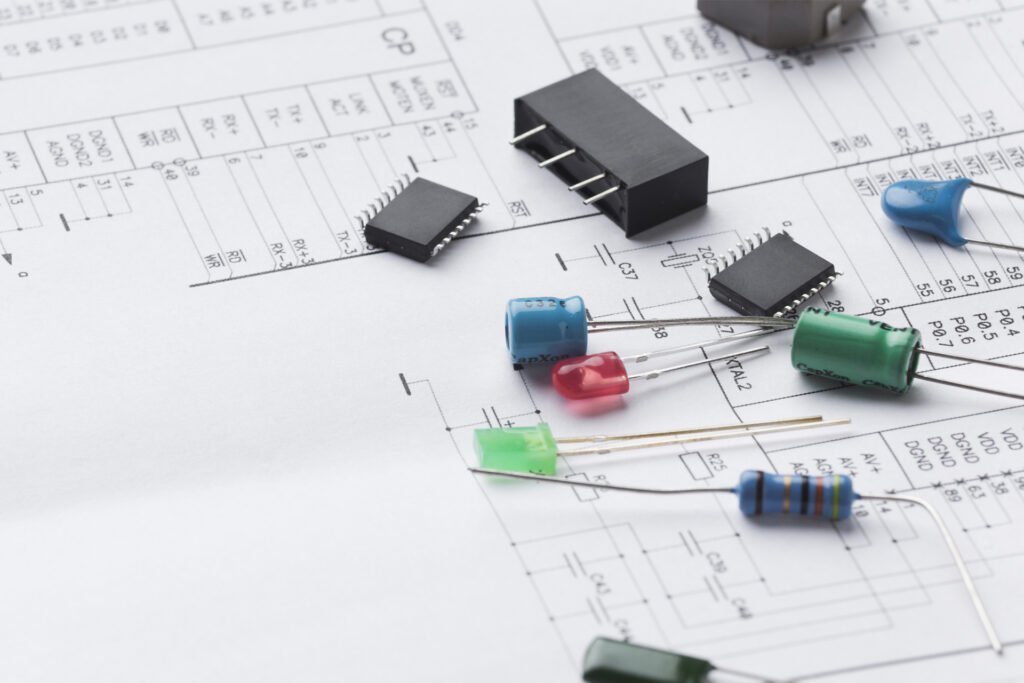
1. VWM – is the maximum continuous working DC or pulse voltage of the TVS. When this reverse voltage is applied to the two poles of the TVS, it is in a reverse shutdown state, and the current flowing through it is less than or equal to its maximum reverse leakage current ID.
2. VBR – is the minimum avalanche voltage of TVS. At 25°C, the protection TVS is not conductive before this voltage. When the specified 1mA current IR flows through the TVS, the voltage applied between the two poles of the TVS is its minimum breakdown voltage VBR.
3. IT ——Test current.
4. ID ——Reverse leakage current.
5. VC – When the pulse peak current IPP with a duration of 20us flows through the TVS, the maximum peak voltage that appears between its two poles is VC. It is the combination of voltage rise in series resistance and thermal temperature rise.
6. IPP – maximum peak pulse current.
7. C—- Capacitance value (pF). In data transmission circuits such as bus connectors and communication connectors, it is crucial to select TVS devices with small capacitance values.